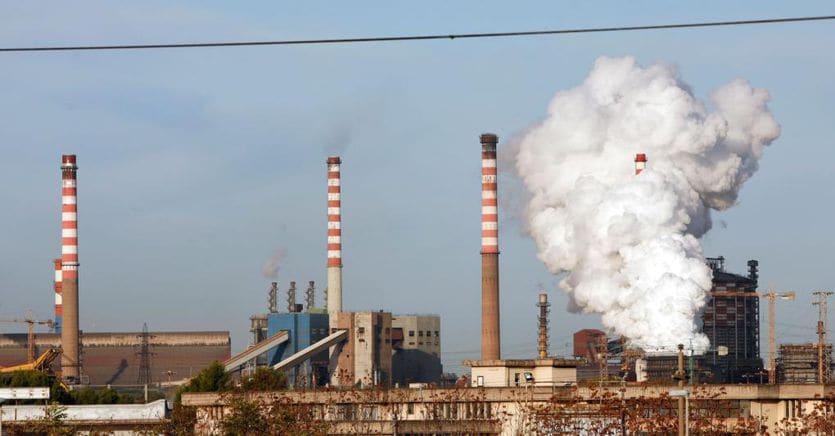The damages that five families residing in the Tamburi district of Taranto have had for the damage caused to their apartments by the dust and pollution of Ilva whose plants are close to the district are legitimate. The Court of Cassation (third civil section) confirmed the first and second degree sentences, in favor of compensation, and rejected the appeal presented by Ilva in extraordinary administration, taking over from Ilva dei Riva. Compensation varies according to the type of accommodation. They range from 13,500 to 16,000 euros. “The first instance sentence is from 2014, confirmed on appeal in 2018. But the extraordinary administration of Ilva has decided to challenge this sentence also before the Court of Cassation and finally now, in 2021, a final point has been made” , said the lawyer Massimo Moretti, from Taranto, who assisted the families in the trial.
Dangerous jets
“It is a story – he added – that was born seven years before the famous kidnapping of July 2012. It was born in 2005, when the final sentence was deposited in the Criminal Cassation that recognizes the crime of dangerous casting of things against directors and managers of Ilva spa. From that moment on there was the possibility for citizens who considered themselves damaged by the pollution to take legal action against Ilva spa to obtain compensation for the damage suffered. Those who were the first to move – explained the lawyer Moretti – were also the only ones really compensated. They managed to get the first executive sentence already in 2014, that is a few weeks before Ilva went into insolvency proceedings with the extraordinary administration from January 2015. These citizens – the lawyer found – managed to be paid a few weeks before this happened. . The risk they ran, which would have been the biggest joke, is that if they had lost the case in the Supreme Court, they would have had to return that meager compensation to which they were entitled “.
Loading…
Compensation not for everyone
The compensation, however, is not for all those in the Tamburi district who have seen the houses in which they live, smeared and defaced by the dust of the iron and steel industry. “Unfortunately – explained Moretti – for all the others, those who moved a little later, those who perhaps began to activate after the 2012 kidnapping, there was no possibility of obtaining a sentence before Ilva went to insolvency proceedings. For all other citizens – the lawyer pointed out – there is the huge problem of perhaps having acquired a right, which has also been recognized in other judgments or the Court of Milan or the Court of Taranto, but not being able to obtain the payment because the insolvency procedure has no resources to pay ».
Sostegni bis decree, compensation hypothesis
We now hope for help from the “Sostegni bis” decree. One of the reformulated amendments to the decree being voted on in the Budget Committee in the House, in fact, provides for the establishment of a fund of 5 million in 2021 and 2.5 million in 2022 for property owners with “final sentence for damages” to be paid by the ‘ex Ilva steelworks which may have a maximum compensation of “20% of the market value of the property damaged at the time of the application” and in any case “not exceeding 30 thousand euros”.
The supreme court
The systematic spreading of mineral powders “It is ascertained, beyond any reasonable doubt, the systematic spreading of mineral powders that are deposited (and continue to settle) on the houses and streets of the Tamburi district”, wrote the Court of Cassation, third civil section, president Roberta Vivaldi, in the sentence with which she rejected the appeal of Ilva in extraordinary administration, the company that owns the plants. For the Supreme Court, “the subjective aspect of the sufferings (or inconveniences) internally experienced by the owners of the properties due to the limitations described is not highlighted in the evaluation of the merit judges, but rather the loss of the objective potential for enjoyment that , in the absence of illegal releases, the properties themselves for their own use would be able to offer ». For the Supreme Court, moreover, “the lack of non-pecuniary damage resulting from intolerable immissions does not exclude the possibility of compensable damage of a patrimonial nature as a consequence of the offense constituted by the immissions themselves”.
